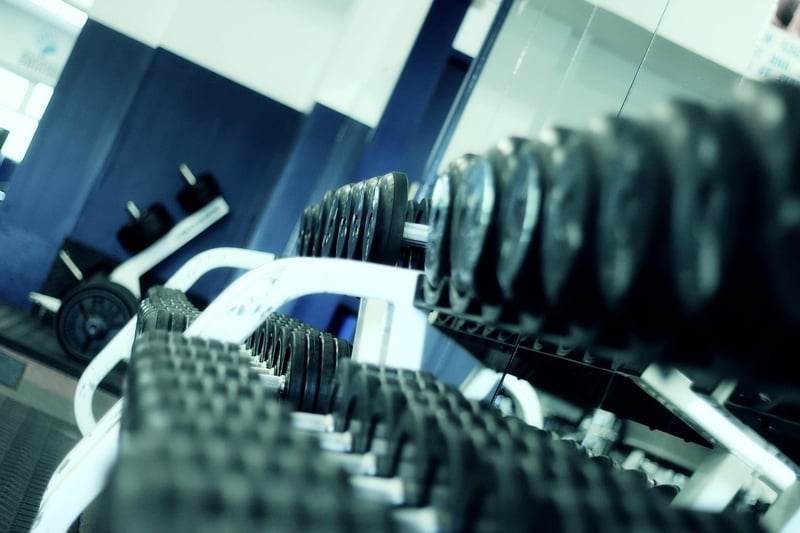Restorative
The Power of Physical and Mental Practice Combined with Restorative Techniques
In today's fast-paced world, it's essential to find a balance between challenging yourself with physical and mental practice while also incorporating restorative techniques to rejuvenate and heal your mind and body. By integrating these elements into your routine, you can achieve optimal well-being and performance.
Physical Practice:
Engaging in regular physical activity is not only beneficial for your physical health but also for your mental well-being. Whether you enjoy cardio, strength training, yoga, or any other form of exercise, moving your body has numerous advantages:
- Improves cardiovascular health
- Boosts mood and reduces stress
- Increases energy levels
- Enhances sleep quality
- Builds strength and flexibility

Mental Practice:
Just as important as physical exercise is mental practice. Training your mind through activities like meditation, mindfulness, visualization, or cognitive exercises can have profound effects on your mental health and cognitive function:
- Reduces anxiety and improves focus
- Enhances memory and cognitive abilities
- Promotes emotional well-being
- Boosts creativity and problem-solving skills
- Increases self-awareness and resilience

Restorative Techniques:
After challenging your body and mind, it's crucial to incorporate restorative techniques to allow for recovery and rejuvenation. Some effective restorative practices include:
- Yoga or gentle stretching
- Deep breathing exercises
- Massage or self-myofascial release
- Quality sleep and relaxation
- Spending time in nature

By combining physical and mental practice with restorative techniques, you can create a holistic approach to your well-being. Remember to listen to your body and mind, giving them the care and attention they deserve to thrive in today's hectic world.
Embrace the power of balance and harmony in your daily routine, and witness the transformation it brings to your overall health and happiness.
